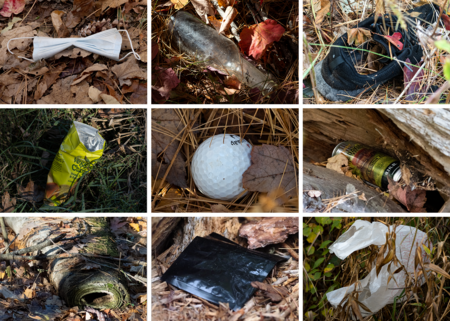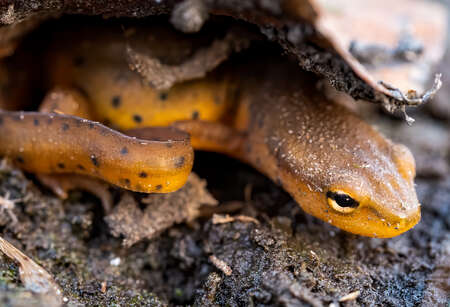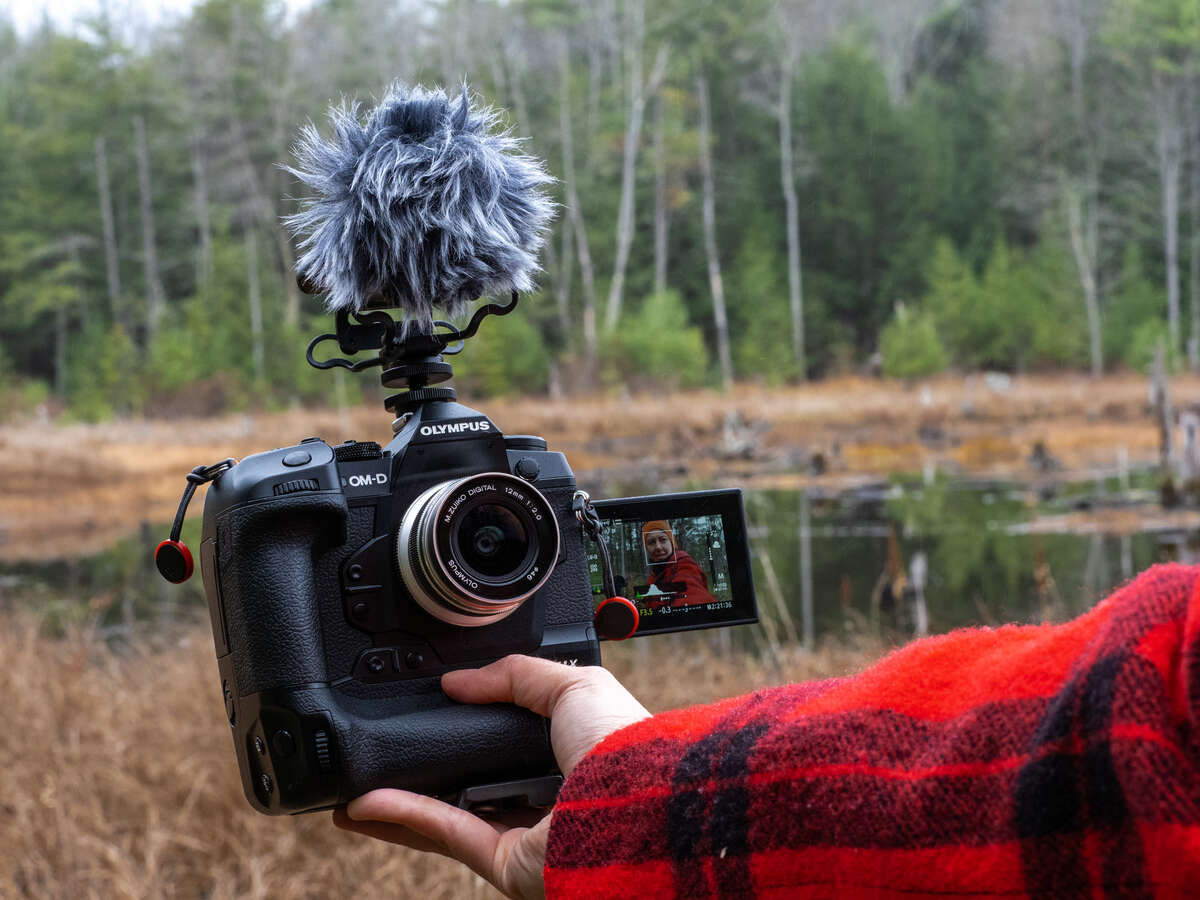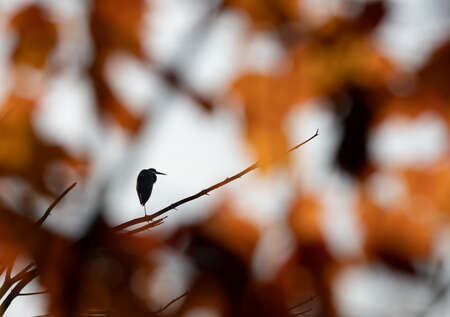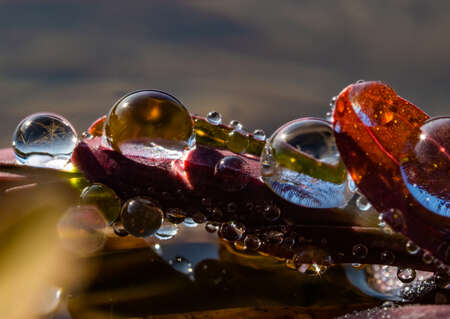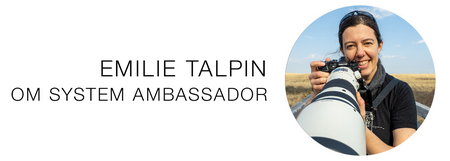I woke up this morning with a somewhat blurry memory of New England fall foliage. If it wasn’t for the photos I took of my local pond, I would have sworn I dreamed it. Just like that, this season of vivid colors against a sharp blue backdrop came and went in a flash, leaving us with bare branches, piles of rusty, decimated leaves, and cold gray skies. Along with the transition of scenery around the pond came a change in those who frequent it.
Tourists, affectionately called “leaf-peepers” in New Hampshire, have been replaced by hunters in search of deer, ducks, and Canadian goose. November is hunting season, a time when orange hats, vests, and plaid-red coats are dragged out of storage and worn by all who venture into the woods, somewhat replacing the loss of natural color.
Now with the rich environment laid bare, the remnants of negligent human behavior are exposed in the abandoned trash that’s left behind. So far, I have documented commonly discarded items like chip bags, cigarette butts, beer cans, and COVID masks to more unusual objects like a golf ball, a rolled-up carpet, a shoe, and what I assumed was a drug bag. A few months ago, I started picking up trash along the trail but was a little alarmed after the last finding. As a human, I recognize what I should and shouldn’t come in contact with but as a beaver or any other animal, I wouldn’t. Why people are drawn to this peaceful spot is understandable, but it’s disappointing how many are simply unaware of the need to be more respectful of this space and the wildlife that inhabits it.
As we move through November and the sun rides lower on the horizon, I find myself pushed to the other side of the pond to capture better afternoon light. This shift has enabled me to explore new territory and find species like the Eastern/Red-spotted Newt. Although they can be hard to find as they love to hide under logs and leaves, I have observed a few that are at the immature terrestrial red-eft stage (between one and three years old) who roam the humid forest floor before returning to water.
However, as winter arrives and the snow starts to pile up, I will have to look for new subjects. Although I’m not much of a morning person, my goal is to get up with the sun and look for tracks in hopes of catching a glimpse of an elusive predator.
When I am not out shooting, I am learning about the E-M1X and new techniques I can use. As an OM-D E-M1 Mark III owner, I thought it was the perfect camera, but will admit that I have come to love the E-M1X and that it will be in my camera bag from now on. It is surprisingly light for its size, the ergonomics are brilliant, and the firmware update for Bird Detection AF has been announced for December 3. Pair the E-MX1 with the newly announced 150-400mm F4.5 PRO and you are in wildlife-photography paradise. Last but not least, I have also realized that this is the perfect vlogging camera as the integrated vertical grip makes it easy to hold on to while recording yourself. So yes, I have completely fallen in love with my E-M1X.
I have also been spending time with my mentor Lee Hoy, who has been a champion. We meet every ten days or so and he has helped me with editing and providing resources to improve my technique. Lee has given me plenty of ideas to help shape my project, like getting out of my comfort zone by asking people along the trail if I can take their portrait. He also reminds me about the importance of being more of a perfectionist and making sure my depth of field is accurate for my subject or spending more time on post-processing to correct any spots or sharpen my image correctly if needed.
As my project is limited to the pond and its immediate surrounding, I am always searching for new angles of view as I photograph the same subjects. I try to take advantage of every opportunity to portray the animals in different settings, like the blue heron perched on a dead branch that I captured through a maple tree harboring its last vestige of foliage.
A few other things I am working on thanks to Lee Hoy are time-lapses and videography. With the built-in intervalometer on the OM-D, time-lapses are simple and there’s even a movie preview. For videos and vlogging, the image stabilization performance on the Olympus cameras is exceptional, so I don’t even need a gimbal.
To help with sound, I have the LS-P4 recorder and just bought the windshield WJ-2, SM2 Shock Mount and KA-333 compaticord to hook up directly to the camera which will be easier than holding it as I shoot. I am really impressed with this gear as it is so small and still produces high-resolution sound. I love that I can decide the range for capturing sounds from wide to low if I need to minimize the background noise. It is just a brilliant, flexible little recorder. I have also used the LS-P4 to work on an audio photography project that may be included in my final project, but for now, I am trying to improve my B-roll footage and making small videos of life on the pond.
So, what is next for the month to come? Finding new subjects is definitely on top of my list as well as doing more macro. I have mostly been using my 40-150mm and 100-400mm lenses so it might be time to put my 60mm macro back on more often. My vision of the final project continues to evolve, especially as winter is about to take shape.
Let’s see what the month of December brings.
Instagram: @emilietalpin
Emilie Talpin is a French teacher and photographer based in New Hampshire who is passionate about macro, wildlife, night sky and videography. When not in front of her classroom, she loves traveling, exploring the outdoors, and chasing her next photo.

